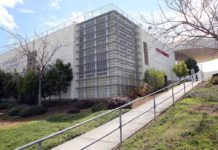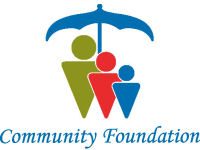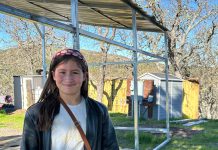Local high school seniors are performing about on par with
students across the state on the California High School Exit Exam,
according to figures reported Tuesday by the California Department
of Education.
Hollister – Local high school seniors are performing about on par with students across the state on the California High School Exit Exam, according to figures reported Tuesday by the California Department of Education.
Statewide, 89 percent of the class of 2006 passed both the math and English portions of the CAHSEE as of January, the most recent batch of scores the Human Resources Research Organization, an independent group charged with evaluating the CAHSEE, was able to analyze. In other words, of the 295,000 students tested across California, 48,00 have yet to pass.
Students have had two opportunities to pass the exam since November, and those figures were not included in the CDE’s report.
In comparison, 77 of San Benito High School’s 597 seniors, or just under 13 percent, have yet to pass either one or both portions of the CAHSEE, as of the fall semester. Students were most recently tested last month, but SBHS will not have those results until April 14.
“I think our younger kids are starting to take this really seriously, because they see this year’s seniors struggling to pass and graduate,” said SBHS Assistant Principal Duane Morgan. “They want to get it out of the way, life is stressful enough as it is.”
While students are performing well generally, educators are concerned about several noticeable achievement gaps. Statewide, 18 percent of Hispanic students; 20 percent of African-American students; 18 percent of socio-economically disadvantaged students, and 29 percent of English-learning students have yet to pass the CAHSEE. Asian and white students, however, have pass rates of 94 and 96 percent, respectively.
“These new numbers shine a harsh light on an achievement gap that we must address,” said State Superintendent of Public Instruction Jack O’Connell in a press release. “We need to work together to find successful interventions for these groups of students because these gaps are unacceptable.”
Of the remaining seniors who were most recently tested at SBHS, 61 percent of white students passed the exam and 27 percent of Hispanic students passed. 18 percent of students who are considered “fluent” in English but are not native speakers passed the exam, and figures for students still learning the language or considered socio-economically disadvantaged were unavailable. When fewer than 10 students in any given subgroup are tested, their pass rate is not released to protect their privacy.
“Your fluency in the language the test is being given in has a huge impact on how well you perform,” said SBHS Superintendent Jean Burns Slater. “So I have a real preference for examining language instead of ethnicity.”
District-wide, which includes San Andreas Continuation School, 63 percent of all students tested at the end of 2005 had passed the English portion of the exam, and 58 had passed the math, compared to state averages of 65 and 63 percent.
Critics from around the state have questioned the validity of the exams since their inception in 1999, often citing the disadvantages second-language learners and students enrolled in special education programs face when taking the exams.
Despite the controversy over the exam’s effectiveness as a gauge of student achievement, Slater says she believes the exams have done SBHS some good.
“Before (the CAHSEE) 40 percent of our students were not even taking Algebra, they just kept repeating the same math class,” she said. “The exams have increased teacher and administrator effectiveness, and parents and the community are more aware of the importance of learning.”
The class of 2006 is the first group of students mandated to pass the exams in order to receive a high school diploma, regardless of course work completed.
Seniors have one more opportunity to pass the CAHSEE before the end of the year in May. SBHS educators are worried, however, that the tests will not be graded before graduation ceremonies on June 9, and do not know at this point what they will do if a students’ graduation status is still in question at that time.
Students who do not pass the exams in May will be able to take the exam after completing an intensive summer school test-prep course.
As of the fall semester six Anzar High School students out of a senior class of 65 had yet to pass the exam, but Anzar officials were unavailable for comment yesterday.
Danielle Smith covers education for the Free Lance. Reach her at 637-5566, ext. 336 or ds****@***********ws.com









